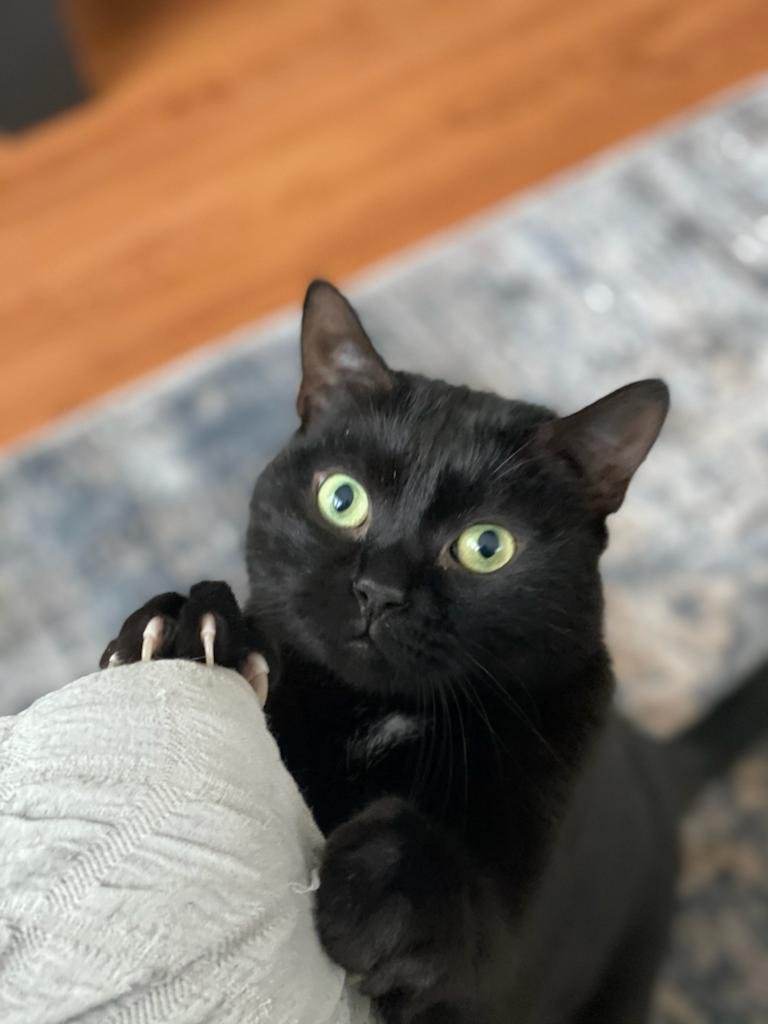Celebrate International Cat Day with these 9 fun facts
Did you know that August 8th is International Cat Day? It's a day to celebrate our furry friends and appreciate all they do for us. Social media is full of pictures of seemingly perfect cats, but the reality is, that cats are just like us. They have bad days (or rather, bad naps), they sometimes make messes, and they definitely don't always look their best. In honour of International Cat Day, let's take a moment to dispel some of the most common myths about our feline friends.
For starters, those pictures you see of cats sleeping in sunny spots or curled up in baskets? They're often staged by overzealous cat parents or professional animal photographers. In real life, cats sleep an average of 15 hours a day. And they don't care where they do it, as long as it's comfortable. So don't be surprised if you find your cat snoozing in the middle of the floor or sprawled out on your keyboard when you're trying to get work done.
Nocturnal instincts: Cats are not nocturnal, as the popular misconception goes. In fact, research has shown that cats are crepuscular, suggesting that they are most active at dawn and dusk. So, if you own a cat who is nocturnal, it's only a behavioural habit; you may need to adjust their schedule and handle their surroundings in order to make them compatible with yours.
Cats are solitary by nature: Cats can become anxious and distressed when away from their owners, much like dogs. In fact, separation anxiety in cats may be observed in activities such as defecation outside of the litter box, excessive grooming, and vomiting. It is your duty as a pet owner to ensure that your cat is satisfied and contented and gives it enough stimulation and engagement to keep it occupied.
It's unusual to go for a stroll with a cat: No, by no means. It all depends on your cat. More individuals are walking their cats these days. Of course, there are significant differences between a cat leash and a dog leash to ensure the safety and comfort of both the cat and the owner. You might start slowly and keep an eye out for your cat's body language to determine whether they enjoy or despise being on a leash.
No whiskers and no equilibrium: The belief that cats' whiskers are sacred is one of the most widespread myths about cats. Many people believe that if you remove a cat's whiskers, it will lose its balance. Although one should never trim or cut a cat's whisker, the whiskers are "feelers" that help the animal navigate its surroundings. These sensory organs assist felines in navigating their way through situations similar to insects' antennae.
Indoor cats can do without veterinarians: When cats which spend most of their lives inside are exposed to mosquitoes, rodents, or insects, they may be afflicted with heartworm. The best method to ensure your pet's health is to take them for regular check-ups and maintain their immunizations up to date.
Cats are always able to land on their feet: When cats jump from significant heights, the "high-rise syndrome" occurs, which means they can turn their head to look at the ground and spiral the rest of their body. However, if the cat doesn't have sufficient distance to catch the fall, this life-saving technique may not activate. A fall from a dresser, therefore, may be more harmful than a fall from a two-story building.
Milk is good for cats: Most cats are lactose intolerant, which means they can get diarrhea from milk. In fact, kittens in the wild do not have access to milk once they've weaned. So if you must use milk, consider alternatives and see what your veterinarian recommends as a diet for your cat.
A happy cat always purr: Purring can indicate happiness in a cat, but it may also signify nervousness or sickness. Purring is a cat's means of communicating and it is up to the pet owner to figure out what's going on and why their cat is purring. Body language in cats is just as important as it is in dogs. Depending on the context, the same movement might have various meanings.
Cats are not teachable: Positive reinforcement is effective in training every animal. While cats are naturally attracted to cat litter boxes, you may teach them new skills by rewarding them in a good way. Cats are clever animals, and with the use of toys, treats, love, and patience, they can be trained to play fetch, enter a cat carrier on command, or even offer their paws for nail trims.
Do you have any other fun facts about cats to share? Let us know in the comments! And be sure to give your own feline friend some extra love today. After all, they deserve it. International Cat Day only comes around once a year, but our cats are special every day of the year. purr-fect partners who are always there for us, no matter what. So let's return the favor and show them just how much we care. Happy International Cat Day!




